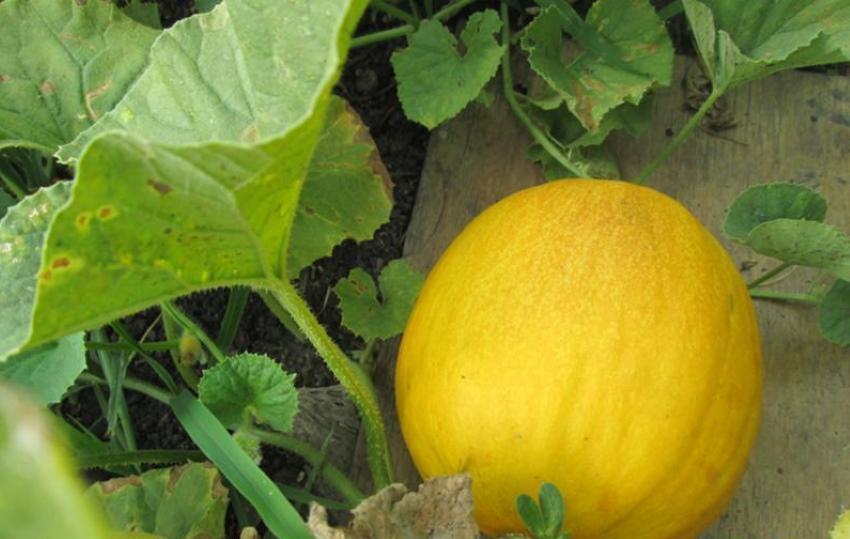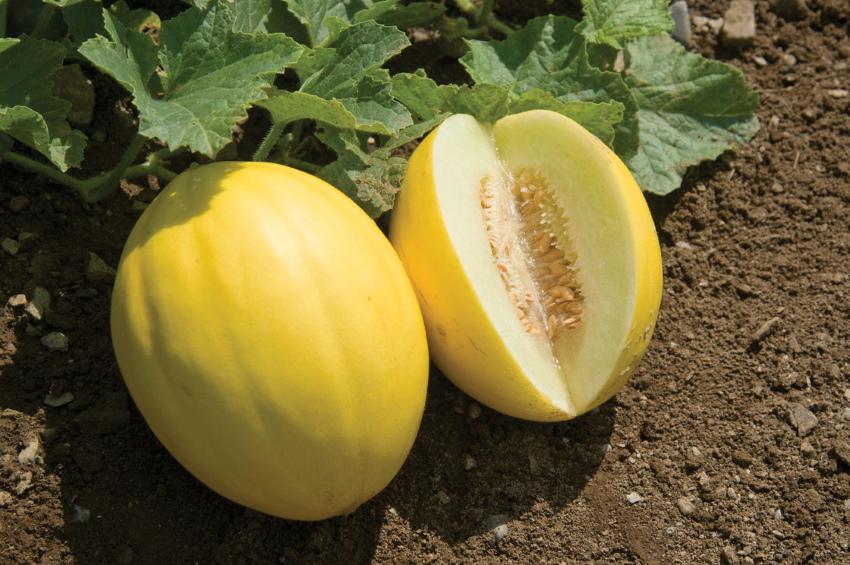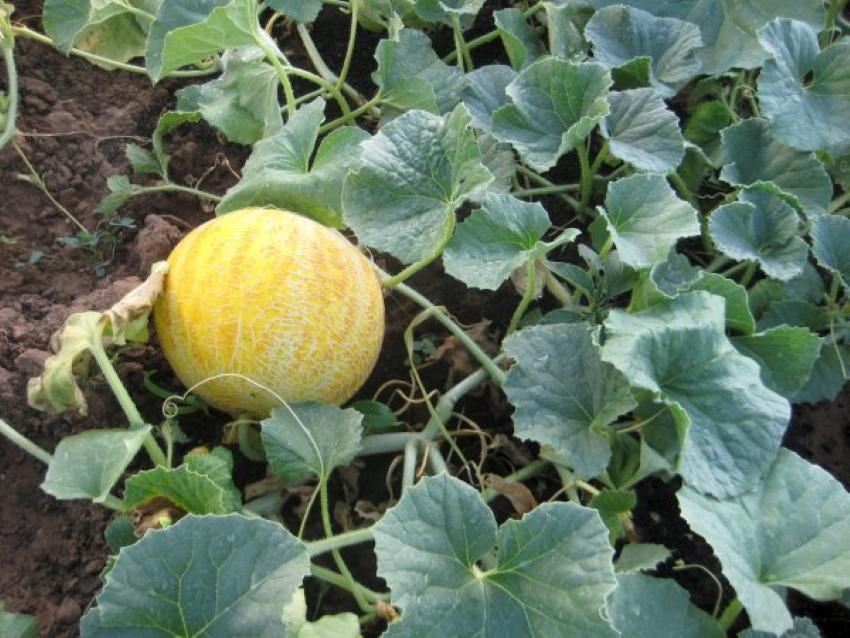Why the melon grew ripe, but savory and can this be prevented
 Summer berries and fruits taste special, and their smell is indescribable, reminiscent of hot sun rays. Take, for example, melons, round, fragrant, with juicy sweet pulp ... But sometimes gardeners face a problem and wonder why the melon grew ripe, but unsweetened. Indeed, if you always plant the same sugary variety, getting such a crop is a big and not very pleasant surprise. After all, this is precisely the special taste of these summer fruits. Today we will discuss with you why this happens and whether it can be prevented.
Summer berries and fruits taste special, and their smell is indescribable, reminiscent of hot sun rays. Take, for example, melons, round, fragrant, with juicy sweet pulp ... But sometimes gardeners face a problem and wonder why the melon grew ripe, but unsweetened. Indeed, if you always plant the same sugary variety, getting such a crop is a big and not very pleasant surprise. After all, this is precisely the special taste of these summer fruits. Today we will discuss with you why this happens and whether it can be prevented.
Why did the melon grow ripe but unsweetened?

- Air and soil temperature. Melons are called the southern culture for a reason, because they need a lot of sun and warmth. The sweetest melons are harvested in the southern latitudes. To get a good and high-quality harvest in the central strip, greenhouses are used in combination with warm beds.
- Soil moisture. Of course, watering melons is necessary, but only rarely, but abundantly. However, 3 weeks before harvesting the fruits, watering should be stopped. It is at this time that they begin to accumulate sugar. If there is a lot of moisture, then the melons will turn out to be watery and unsweetened.
In addition, it was noted from the practice of gardeners that early melon varieties have a lower sugar content in comparison with late ones.
How to grow sweet melons
 It is almost impossible to adjust the heat and moisture values for plants in the open field. Prolonged rains and cold summers significantly reduce the quality of the crop. First of all, it is necessary to plant only zoned varieties that are better adapted to the specific local climate.
It is almost impossible to adjust the heat and moisture values for plants in the open field. Prolonged rains and cold summers significantly reduce the quality of the crop. First of all, it is necessary to plant only zoned varieties that are better adapted to the specific local climate.
The addition of certain medications will help increase the sugar content. Before the fruits begin to ripen, add superphosphate and potassium sulfate, pouring a solution under the root. And on the sheet they make feeding with microelements, for example, Sudarushka. A couple of weeks before harvesting, Epin can stimulate the accumulation of sugar content. Wood ash is also common. It can be used for both root and foliar applications.